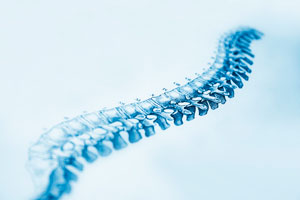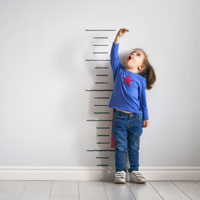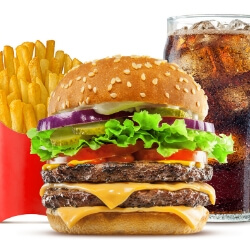When You Lose Weight, Where Does It Go?

About two-thirds of us are either overweight or obese. But a simple formula exists to battle the bulge: Eat better, exercise more.
Whether with a short-term diet or embracing new, long-term lifestyle choices, you’ll often hear people say, “The weight just fell off.”
But where does it go?
The answer comes from Russian scientist Mikhail Lomonosov. In 1756, he discovered the Law of Mass Conservation. His experiments proved that matter is neither created nor destroyed. However, its form can change. That’s what happens when we lose weight.
When we don’t eat enough fuel, our body turns our stored fat into triglycerides that it uses for fuel. What’s left over is some water and a lot of carbon dioxide, which we exhale through our lungs.
It turns out, when we lose weight, our lungs are doing most of the work. Surprised?
Adjusting the Bark

We’re often asked why we don’t always adjust the area of the spine where their symptom is. The answer is simple. The location of the pain isn’t always the location of the problem.
Surprised?
Instead of separate segments, think of your spine as a whole. It’s constantly adapting to the force of gravity. A problem in one area can create a compensatory problem in another.
Let’s say your primary problem is in your upper neck. But you’re experiencing symptoms of lower back pain. The lower back pain is the result of your spine compensating for the problem in your neck. So, adjusting your neck is likely to produce the best results.
Even better, consider this. Let’s say you accidentally step on a dog’s tail. The real problem is at the tail. But the symptom (bark) comes out the other end! The bark doesn’t need fixing. Instead, we focus on the cause, not the effect.



